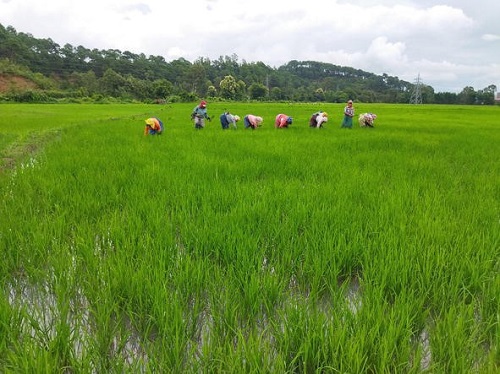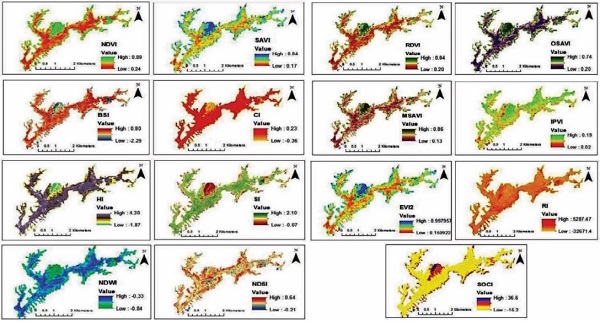
The ability of the soil to capture carbon is primarily controlled by local topographical settings, soil–crop management and traditional farming practices. A team of researchers has studied the Soil Organic Carbon (SOC) of the rice–fallow system in Meghalaya, under varying slopes and traditional farming practices.
The SOC is a major contributor to overall soil health, agriculture, climate change, and food solutions. Using geospatial tools and techniques, the team from the Central Agricultural University, Imphal, and the North Eastern Space Applications Centre, Department of Space, Government of India, Umiam, Meghalaya, examined the changes in the SOC under traditional management practice, over the past 20 years.
“The terrain complexity of the hilly region creates micro-climatic zones resulting in uneven vegetation and biomass accumulation. Under such conditions, remote sensing-based information along with digital elevation models is the right combination for SOC prediction,” the researchers inform.
The team used regression models of SOC with remote sensing-based indices for SOC prediction. By recording soil sample locations with the help of hand-held GPS the team collected 100 samples after rice harvesting in November and estimated the SOC after proper treatment at the laboratory.
The ability of the soil to capture carbon is primarily controlled by local topographical settings, soil–crop management and traditional farming practices. A team of researchers has studied the Soil Organic Carbon (SOC) of the rice–fallow system in Meghalaya, under varying slopes and traditional farming practices.

“Soil degradation causes a decline in soil fertility and escalates soil erosion under varying slope gradients. A small fraction of SOC is sensitive to changes in land management or environmental conditions. Global issues related to carbon, i.e., carbon emission and decreasing soil carbon reserves are under tremendous population pressure, which can be minimized with judicious management,” the team explains.
Rice is the dominant crop in North East India where direct seeded rice is cultivated. In Meghalaya, indigenous tribal Khasi farmers however follow a conventional farming system. In the ‘Granary of Khasi hills’ (Ri-Bhoi District), the local farmers don’t sow seeds but throw them and wait for the harvest.
Crop productivity in such fragile land with traditional farming depends upon the natural enrichment of the soil. Timely checks of the fertility status of the soil and proper scientific interventions based on a quantitative assessment of SOC are important for sustaining crop production and carbon sequestration.
Most conventional methods for SOC estimation are based on the laboratory analysis of field soil samples. But the complexity of hilly terrains demand more robust assessment methods with advanced geospatial tools and techniques. The researchers find remote sensing-based indices to be promising variables for SOC prediction and preparing temporal SOC distribution maps.
Considering the importance of hilly topography, a properly managed hill SOC could help India achieve its Net zero goal.
The team comprises Bullo Yami, N.J. Singh, B.K. Handique, and Sanjay Swami. The study has been published in Current Science.
India Science Wire
ISW/SM/CAU/SOC/Eng/27/06/2023





